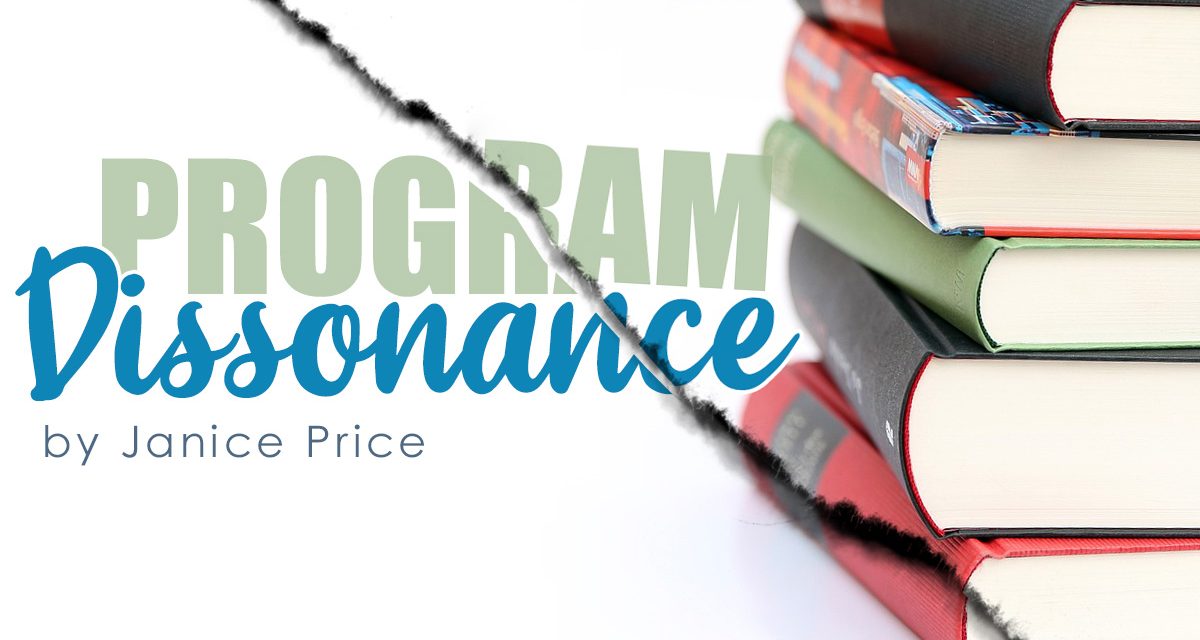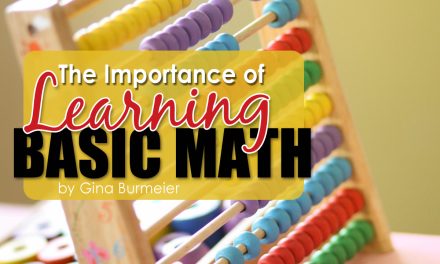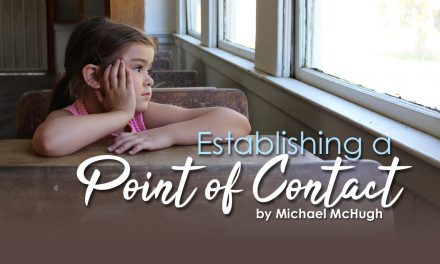Don’t feel badly if you haven’t heard this term. It’s entirely possible that I made it up. But, it is a concept we talk about all the time.
Dissonance is defined as a lack of harmony or agreement between things. So, my definition for this term I just manufactured: Program dissonance is what sometimes happens when you move from one homeschooling program into another. You will usually sense it almost immediately. The pacing of the programs seems notably different. Something just doesn’t seem right. Your student doesn’t know something that the program obviously indicates they are supposed to. You keep checking and double checking to see what you’re missing. It’s a bit like going to a foreign country -one where you don’t speak the language or understand the idioms or slang.
What causes this type of dissonance? Perhaps the scope and sequence of the two programs is wildly different (for instance, a classical four-volume world history versus a patriotic grade-level series). Or, maybe the educational philosophy of the two programs is coming from different places (for instance, a science series with its Charlotte Mason, nature-study perspective compared to a traditional science series with its grade level coverage of multiple topics from the various science branches). It can also happen when the instructional methodology of the two programs is out of sync (for instance intensive phonics versus right-brain reading programs with their picture letters and words). Have you experienced this dissonance?
Here are a few other examples of programs that might cause dissonance if you decided to move from one to the other in the new school year. A Singapore approach math program compared to a traditional math course. Grammar/writing that is structure-of-language based compared to a usage-based program. A traditional handwriting course compared to a modern handwriting style.
The most important thing to remember about program dissonance is that just because it exists between two programs, it does not mean that one program is good and the other bad. Rather, it is more often the result of expectations, experience, and preparation. If, as home educators, our experience has been with one type of program, we may assume and expect that all others will be the same. When you identify the likelihood of dissonance in two types of programs you are considering, you can be prepared for the adjustment that will usually be necessary.
While program dissonance sounds like something you would want to avoid (sort of like the flu or a cold), it’s actually a manageable condition assuming you aren’t blindsided. Here are some pro-active things you can do if you are thinking of making a change in your curriculum.
- Use our comparison charts to sort out program differences that might cause dissonance. These charts – along with other resources – can be found – here.
- Spend a little time thinking through the transition.
- Don’t rely on grade level designations (especially important in math).
- Take placement tests where available. You can find a collection of math tests from various publishers – here.
- Take advantage of transition programs if available.
- Talk to one of our Rainbow consultants. One of the things we routinely do is look at the differences in programs and give you a heads up if we think you might experience some dissonance. We are always eager to talk with you. We are available as a free service 8:30-5:00 CT via email, online chat or phone: 888.841.3456.
~ Janice





